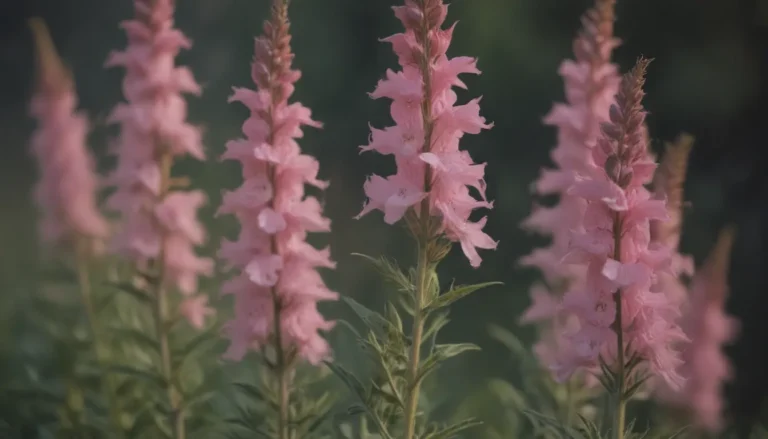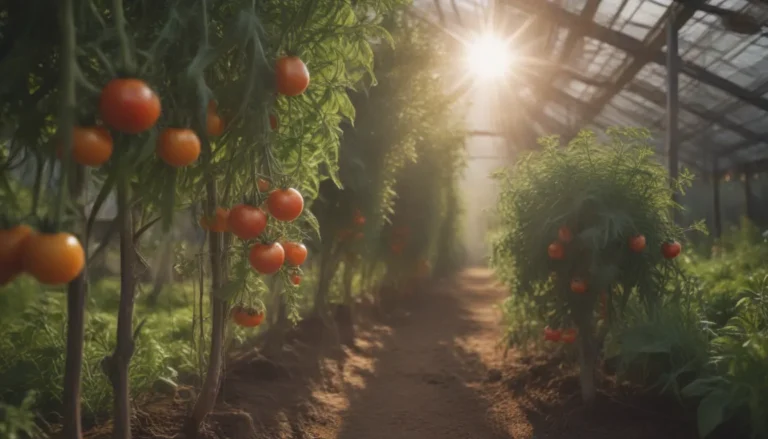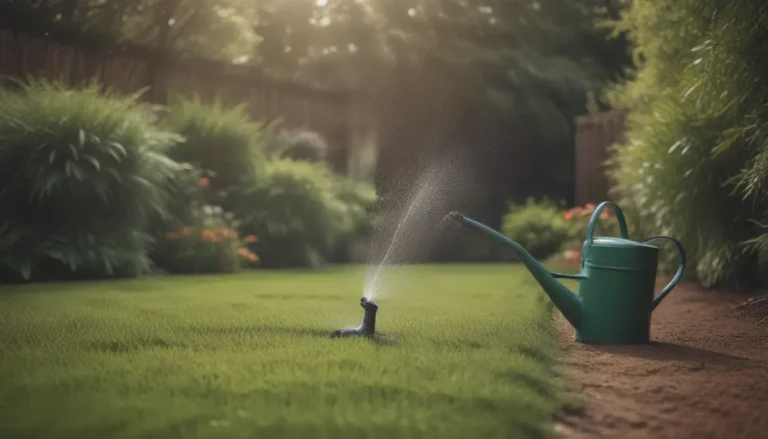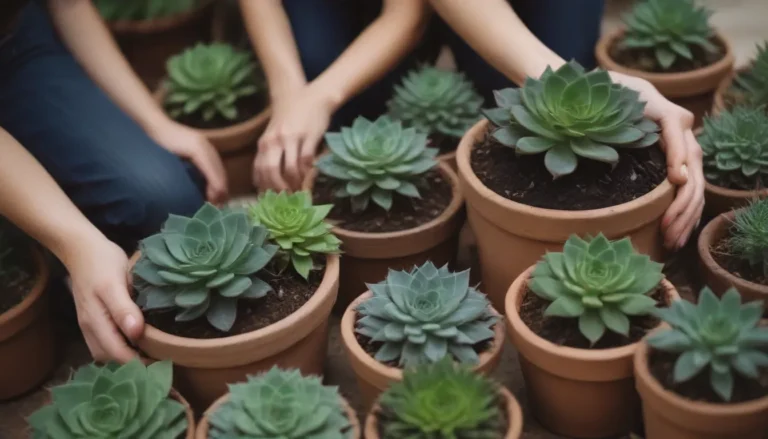The Ultimate Guide to LECA Balls and How They Boost Plant Growth
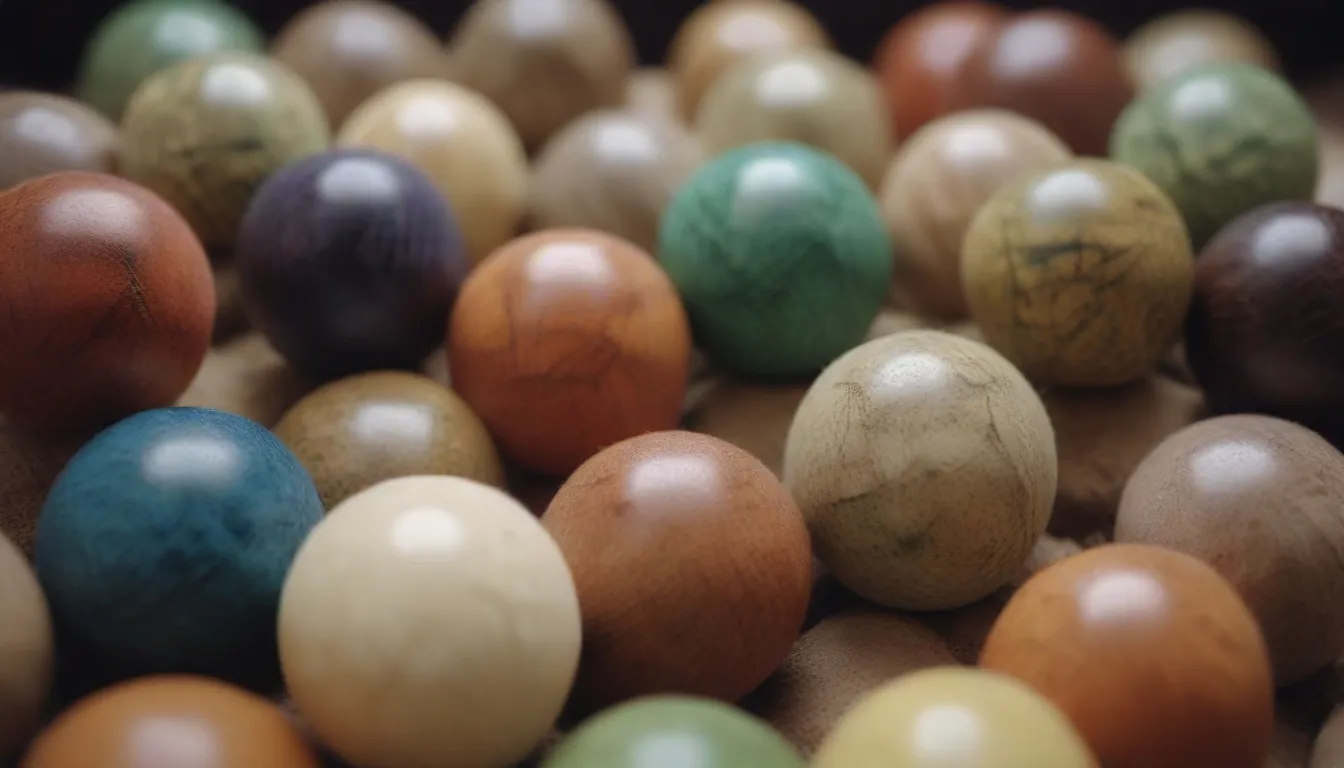
Are you looking for a way to improve the health and growth of your plants? Have you heard about LECA balls but are not sure how they work or if they are right for your indoor garden? In this comprehensive guide, we will explore all you need to know about LECA balls, how they can benefit your plants, and how to incorporate them into your gardening routine.
What Are LECA Balls and How Are They Made?
LECA stands for “lightweight expanded clay aggregate.” These are small clay balls that are used in place of traditional soil for houseplants. They are also commonly used in hydroponic gardening. LECA balls are made from clay, brick dust, and waste from the mineral albite. The clay is pre-treated, fired in a kiln at high temperatures, and then cooled down to create these porous balls.
Expert Insights from Jasmine Jefferson
Jasmine Jefferson, the founder of Black Girls with Gardens and a contributor at Plants.com, is an expert in gardening who has shared her knowledge on the benefits of using LECA balls for plants. According to Jefferson, LECA balls provide plants with the essential elements they need to thrive – water and oxygen. However, it is important to note that each plant has unique water requirements, whether grown in soil or a hydroponic system.
Can You Use LECA Balls for All Types of Plants?
While many houseplants can thrive in LECA, it is essential to consider the specific needs of each plant before making the switch. Plants with sensitive roots or those that cannot tolerate standing moisture may not do well with LECA. Additionally, plants that require a consistent amount of water may benefit from using LECA, as the porous balls allow for better aeration and drainage.
Plants That Thrive in LECA
- Monstera
- Orchids
- Snake plants
- Drought-tolerant plants
When Not to Use LECA
Plants with sensitive roots, those that require consistent moisture, or those that are very light or heavy drinkers may not thrive when grown in LECA. It is important to experiment with different plants and observe how they respond to this growing medium.
Pros and Cons of Using LECA
Pros
- Provides the right amount of water
- Keeps pests away
- Requires less storage space
- Less messy
- Reusable
Cons
- Pricey
- Needs cleaning
- Needs fertilizer
- Requires pH monitoring
- Needs pots without drainage holes
Tips for Getting Started With LECA
If you are considering using LECA for your plants, here are some tips from Jasmine Jefferson to help you get started:
– Choose younger plants
– Keep older plants in regular soil
– Experiment with some plants
– Prep plants for transfer
– Mix with soil at your own risk
– Remember the fertilizer
In conclusion, LECA balls can be a beneficial addition to your indoor garden, providing the perfect amount of water and oxygen for your plants to thrive. By understanding the specific needs of your plants and experimenting with different growing mediums, you can create a healthy and vibrant garden that will flourish with the help of LECA balls.
Remember, the key to successful gardening is to observe and adapt to the needs of your plants, whether you choose to use traditional soil or innovative growing mediums like LECA. With proper care and attention, your plants will reward you with lush growth and beautiful blooms.
So why not give LECA balls a try and see the amazing results for yourself? Your plants will thank you for it!

